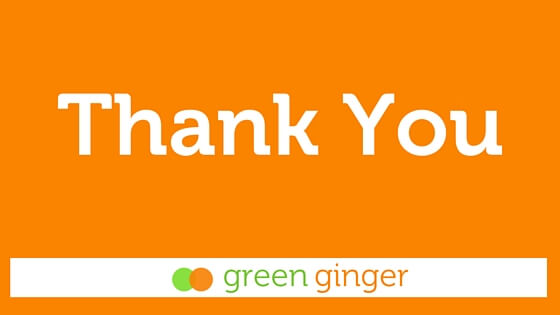
I tell my clients that keeping website content up-to-date with regular blogs is the best step they can take to improve their Google rankings (other search engines are available). Yet I have not joined the blogosphere. Till now.
It seems only right that my first blog is a Thank You, after a quick diversion.
Whilst working as an architect, we built our own eco house. We tried out many of the new technologies ourselves before recommending them to clients. Some worked, some didn’t (don’t believe every energy-saving promise made.) Now I try out all new coding and functionality for websites on my site so that I know the ins and outs before I use them for clients.
When I started designing websites, I used Squarespace. Squarespace offers a fantastic range of templates which you develop to suit your needs with a range of building blocks, like a block of text of an image block. Their themes are robust and easy to edit and, with a bit of CSS knowledge, can be tailored pretty well. But, having discovered the joys of coding, I wanted to make websites look exactly how I wanted, not just tailor someone else’s design. (Maybe it’s my control freakery coming out….)
Now, coding isn’t for everyone. But it is for me.
I love coding. I love coding my own website. And I love coding other people’s websites. However much I love coding though, it would be foolish to start every website from scratch when people much cleverer and more savvy than me have learnt so many of tips and tricks along the way. This is where frameworks come in.
This website is built with the Foundation 6 Framework and JointsWP 4. Foundation 6 is the latest version of Foundation by ZURB, a Californian design agency. Foundation is a responsive, front-end CSS framework.
Confused? I’ll explain.
Foundation’s CSS framework is responsive because it allows a single website to change it’s layout and appearance depending on the size of screen it is on. Front-end is the presentation layer of the website – what you see as a user. (For context, the Back-end is the database or programme that supports the Front-end.) CSS (or Cascading Style Sheet) is the code that controls the visual elements of a website, like the colour of the font, or the width of a column.
Foundation 6 has evolved significantly from Foundation 5, with 50% less code (which is a good thing – excess code is wasteful, and makes your website load more slowly). There are some new and some re-designed features, which I am experimenting with on my site. For example, the Orbit function uses a mixture of CSS and JQuery (which is another type of computer language that controls moving elements) to slide images or text across a section of a page – like here, on my About page.
Foundation 6 also incorporates Flexbox, which is a new layout mode within CSS that allows blocks of content to adapt more intuitively to different screen sizes. It is GREAT fun, but unfortunately does not yet have good enough browser support. This means that, if you are not using the most up-to-date versions of a browser like Chrome or Safari, for example, the browser would not understand the Flexbox language and would revert to basic styling. So that is for another day. Or another website.…
All our websites are built within the WordPress system – I will extol the many, many virtues of WordPress another day. Suffice to say that WordPress works. To make WordPress work nicely with Foundation, however, some extra coding is needed. This is where Jeremy Englert comes in. Jeremy has written JointsWP 4, a blank WordPress theme incorporating Foundation 6. It is a great platform from which to launch a site design, allowing me to concentrate on the functionality and appearance, rather than behind-the-scenes technical stuff. It is fully customisable, so I can make my website look exactly how I want, but more quickly.
It’s not surprising that designing a website is such a pleasure when I can get a blank, fully-responsive framework as my starting point. What’s more is that WordPress, Foundation 6 and JointsWP are all free.
Yes, free.
WordPress, used to power nearly a quarter of the websites across the world, is written entirely by volunteers. Likewise Foundation. JointsWP is written entirely by Jeremy Englert. All open source. All updated frequently and generously.
So a huge Thank You to all those coders and creatives over the years who have given their brain-power selflessly and generously. The JointsWP tagline is “Please steal”. I have stolen, gratefully.
